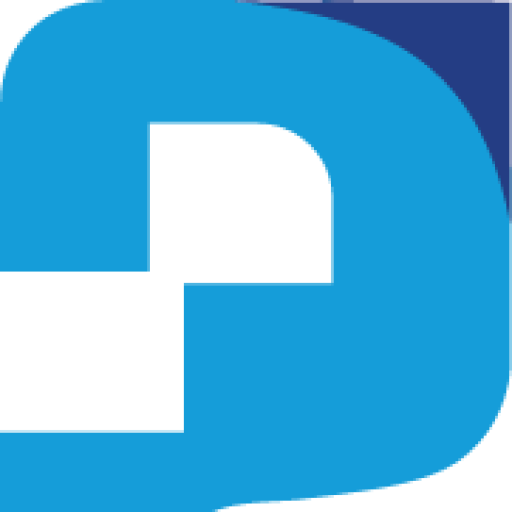The recent public dinner between Bill Gates and Linus Torvalds was more than a photo opportunity—it was a quiet symbol of a new era in tech.
Once seen as the torchbearers of opposing worlds, Gates (the face of proprietary software through Microsoft) and Torvalds (the champion of open-source through Linux) came together not to debate ideologies, but to reflect a new truth: in today’s hybrid world, developers and enterprises are no longer choosing sides.
As the lines between closed-source and open-source software blur, the conversation has shifted from rivalry to integration. Understanding the difference is still essential, but success now lies in knowing how to leverage both.
What Is Closed-Source Software?
Closed-source software, often developed by private companies, keeps its source code proprietary. This means users cannot legally view, copy, modify, or redistribute the code.
Examples include Microsoft Windows, Adobe Photoshop, and Oracle Database. These platforms are often associated with strong customer support, stable performance, centralized updates, and enhanced security—especially important for enterprises and government applications.
However, the trade-off is limited customization and typically high licensing costs. Users are confined to what the vendor offers and must often wait for features or bug fixes, unless they pay for enterprise-level support.
What Is Open-Source Software?
Open-source software flips that model. Its source code is publicly available, allowing anyone to view, modify, improve, or redistribute it—usually under licenses like MIT, GPL, or Apache.
Projects like Linux, Mozilla Firefox, WordPress, and PostgreSQL are all built on this principle. For developers and startups, open-source tools offer flexibility, transparency, and community-driven innovation. The model thrives on contribution, not control.
Still, open-source comes with its challenges. Support is often community-led and informal. Implementing and securing these tools requires in-house expertise—something many organizations in emerging markets are still building.
Not a Rivalry Anymore—A Hybrid Model
While Gates once advocated software monetization through licensing, and Torvalds famously joked about Microsoft’s operating systems, the world has moved on. Today, Microsoft contributes to the Linux kernel, owns GitHub (home to open-source development), and even runs Linux on its Azure cloud platform.
Other tech giants are following suit. Google released TensorFlow as open-source to drive machine learning adoption. Meta’s React is now the most popular open-source JavaScript library for front-end development. Even Amazon uses open-source technologies across AWS while maintaining proprietary infrastructure.
The result is a hybrid ecosystem where closed-source solutions are increasingly built on or integrated with open-source foundations.
Modern startups, especially in Africa and Asia, no longer treat the open/closed divide as a binary. They pick tools based on agility, affordability, and scalability.
Nigerian fintech startups like Paystack and Flutterwave may use open-source stacks (like Django or PostgreSQL) during development, but switch to paid SaaS tools or cloud services as they scale.
Meanwhile, “open-core” business models—used by companies like GitLab and Elastic—show that commercial success can be built around open-source. These companies offer free versions of their tools and monetize premium features, support, or hosting.
Why This Matters for Nigerian Developers
For Nigerian developers and startups, understanding both paradigms is more than academic—it’s strategic. Open-source lowers the barrier to entry, offering access to globally competitive tools without upfront cost. It allows local developers to learn, contribute, and collaborate globally.
Closed-source platforms, on the other hand, provide enterprise stability, integrations, and support—critical when building for scale or working with multinational clients.
Government and educational institutions should promote fluency in both models. Students must learn to deploy Linux while also understanding Windows enterprise environments. Entrepreneurs must know when to build with open tools and when to invest in commercial platforms.
Talking Points
As tech stacks become more modular, the focus is no longer on ideology—it’s on interoperability. Companies are deploying open-source tools on proprietary clouds. Startups are combining paid APIs with custom-built modules. Developers are blending Copilot’s AI with GitHub’s open repositories.
The Gates-Torvalds dinner may not have produced a new collaboration. But it did mark a symbolic end to the era of opposition. The smartest tech builders in 2025 are not loyal to a model—they’re loyal to what works.
And in this hybrid world, understanding both closed and open-source is no longer optional—it’s essential.





